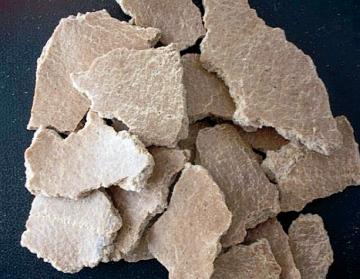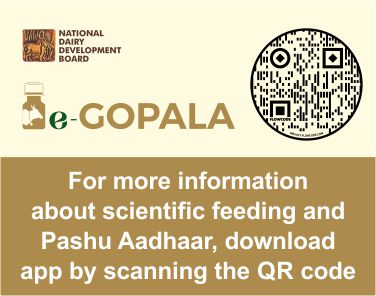
Safflower meal (Carthamus tinctorius)
Common names: Safflower, Dyers’ saffron, False saffron
Local names: Hindi: Kusum Marathi: Kardai Manipuri: Kusumlei Tamil: Kusumba Urdu: Gul rang
The safflower plant, 0.6-1.5 m high, produces many branches with heads at the ends. Each head may produce from 20-100 seeds, which are shaped like small sunflower seeds. The seed is composed of a kernel surrounded by a thick fibrous hull so difficult to remove that much safflower meal is made from unhulled seed. The undecorticated oil meal is also called whole pressed seed meal, whereas the decorticated meal is referred to as safflower meal. It is produced after removal of most of the hull and oil from safflower seed. It is available to the tune of 0.45 million tones in Asia.
Nutritive value: In decorticated form (mechanically extracted) it has about 49.7% CP (AFRIS, FAO) while the value goes down to 18-24%, if not decorticated. Undecorticated safflower meal contains about 60% hulls, which limits its energy value and utilization in non-ruminants. TDN content is 55-65%. Safflower meal is low in lysine and methionine.
Deleterious factor
Safflower meal contains phenolic glucosides which are reported to be associated with bitterness and cathartic activity.
Detoxification
Deleterious glucosides in safflower meal can be removed by extraction with either water at the iso-electric point or with methanol, enzymatic treatment with β-glucosidase, dialysis, or by processing to prepare protein isolates.
Inclusion
The undecorticated cake or meal is fed only to ruminants. Though not very palatable, it is readily eaten when mixed with other feeds. Use of safflower meal is restricted to 20% in the concentrate mixture of cattle.
